Navigating the world of home water purification can be complex. When your clients turn to you for advice, being equipped with the right knowledge is crucial. Moving beyond basic brand comparisons, you should focus on three core technical and economic factors that truly define the long-term value and performance of a water purifier. Mastering these points will position you as a trusted expert.
First and foremost, always inquire about long-term filter replacement cost. The initial purchase price is just the beginning. The purifier requires periodic filter changes to maintain its efficacy. Some systems have proprietary, expensive cartridges that lock users into a costly cycle. As a responsible manufacturer, we advocate for transparency and offer reasonably priced, standard-sized filters, ensuring your clients won't face unexpected financial burdens down the line.
Secondly, clarify the flow rate, measured in gallons per day (GPD). This spec determines how quickly the purifier can produce clean water. A model with a 400GPD rate is sufficient for smaller households, but a family that consumes a lot of water quickly will appreciate the speed of our popular 800G High-Flow Model, which significantly reduces waiting time.
Finally, for Reverse Osmosis systems, the waste water ratio is a critical measure of efficiency. Older or poorly designed RO systems can waste 4 or 5 gallons of water for every 1 gallon purified. This is neither eco-friendly nor cost-effective. In contrast, our advanced Grade-1 Water-Saving Purifier achieves a high-efficiency 2:1 ratio, meaning it wastes far less water, saving a precious resource and reducing utility bills. By focusing on these key aspects and partnering with a reliable factory, you can provide truly expert guidance and the best solutions for every home.










